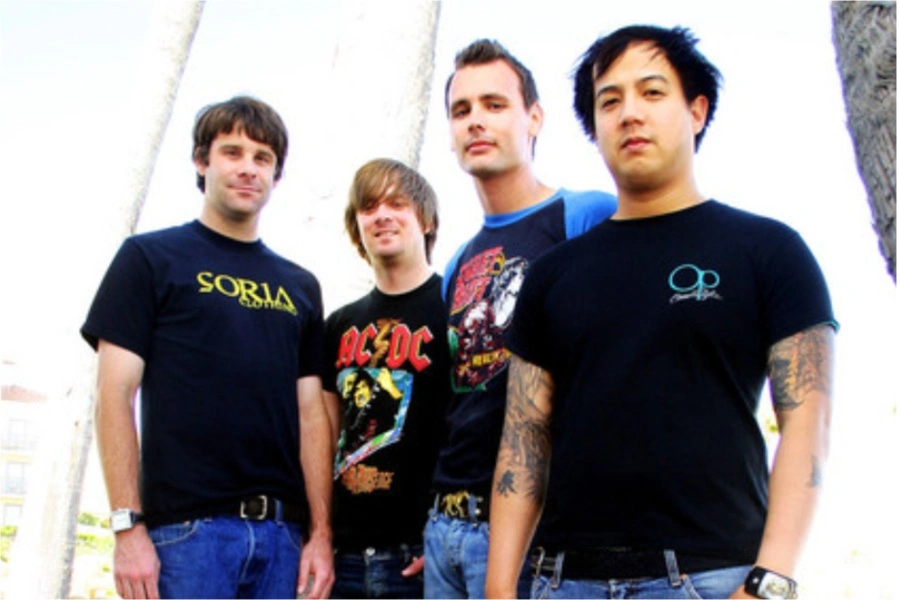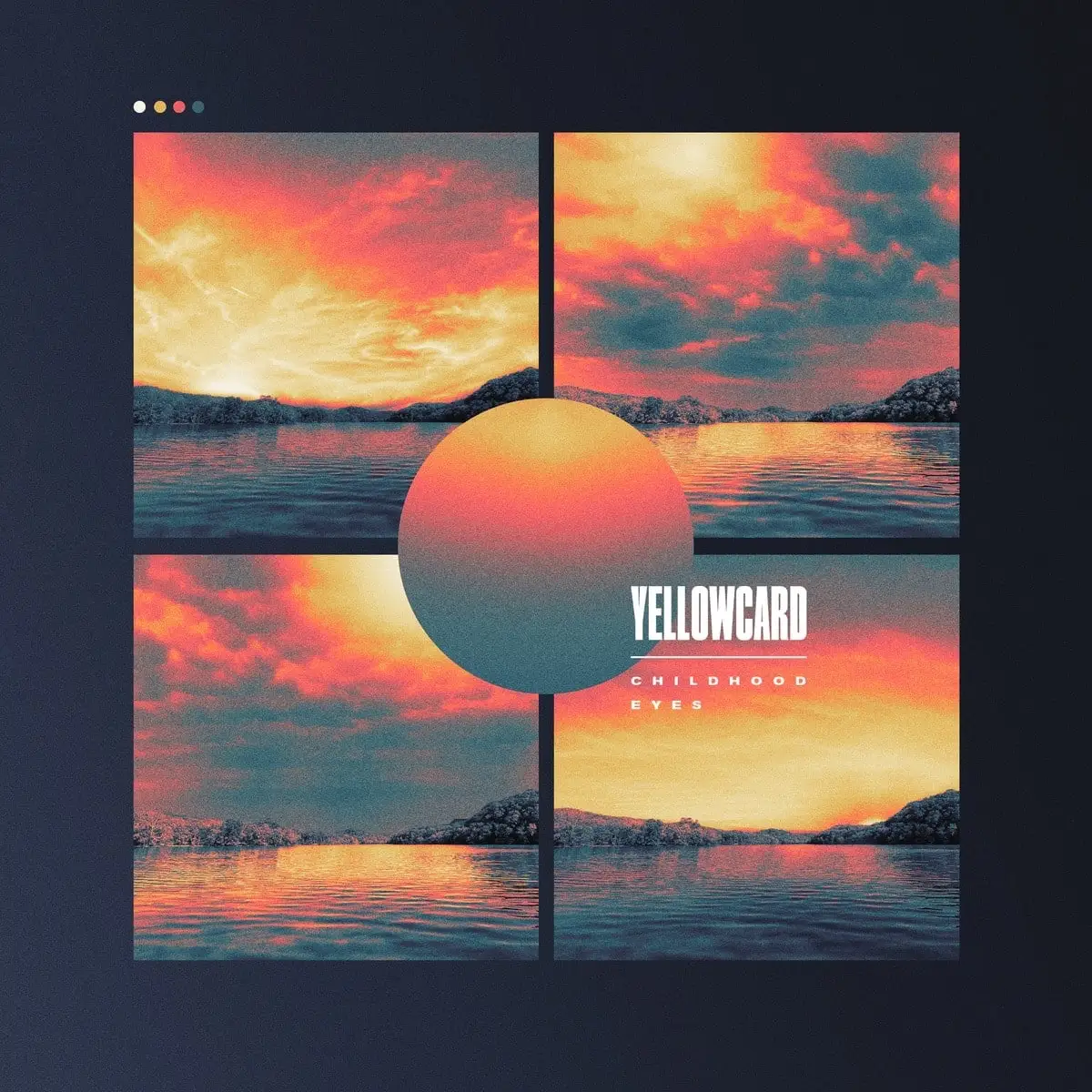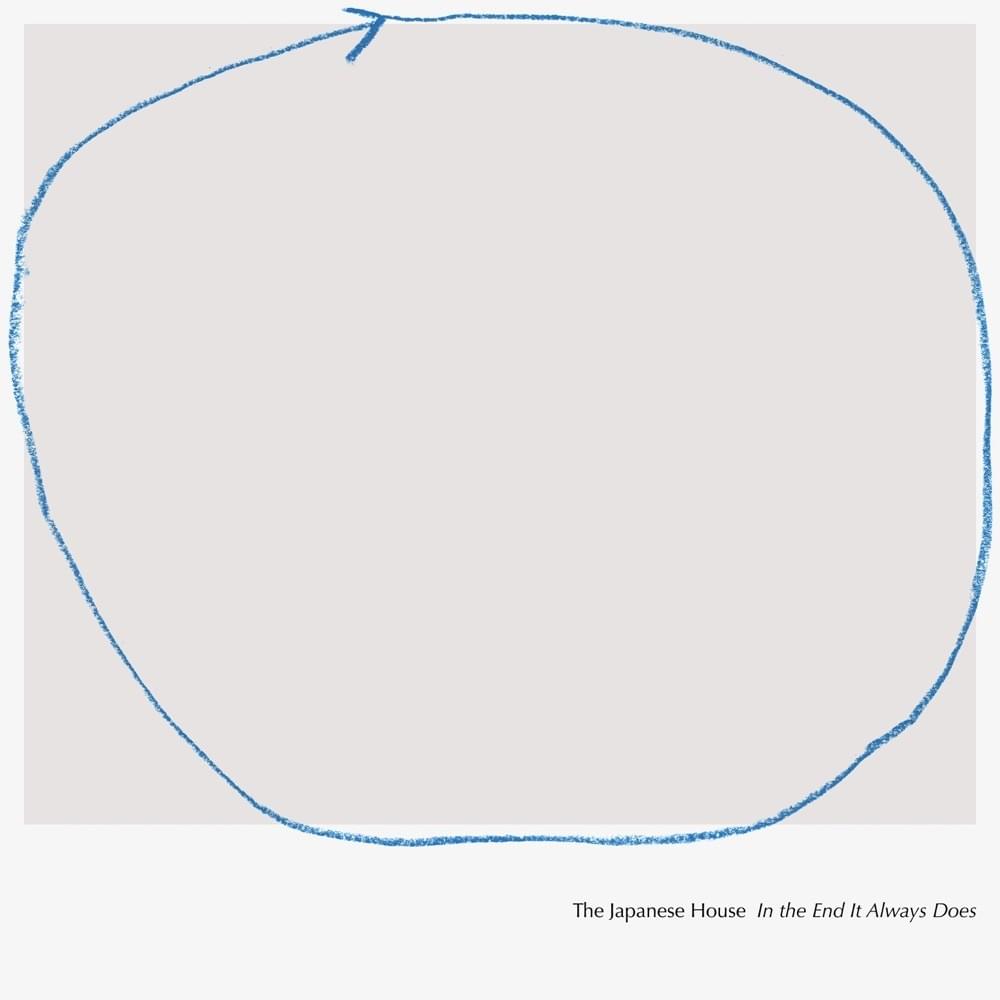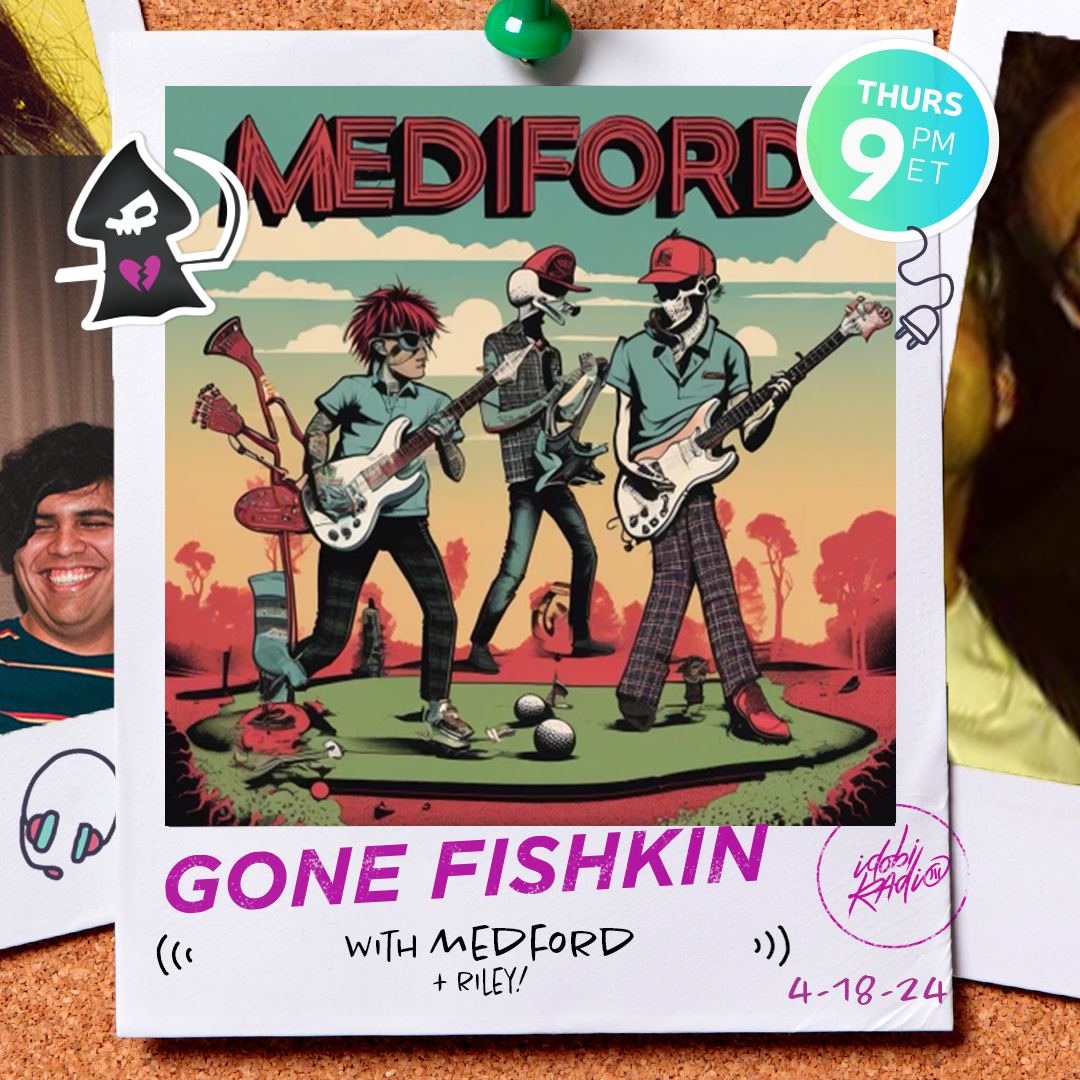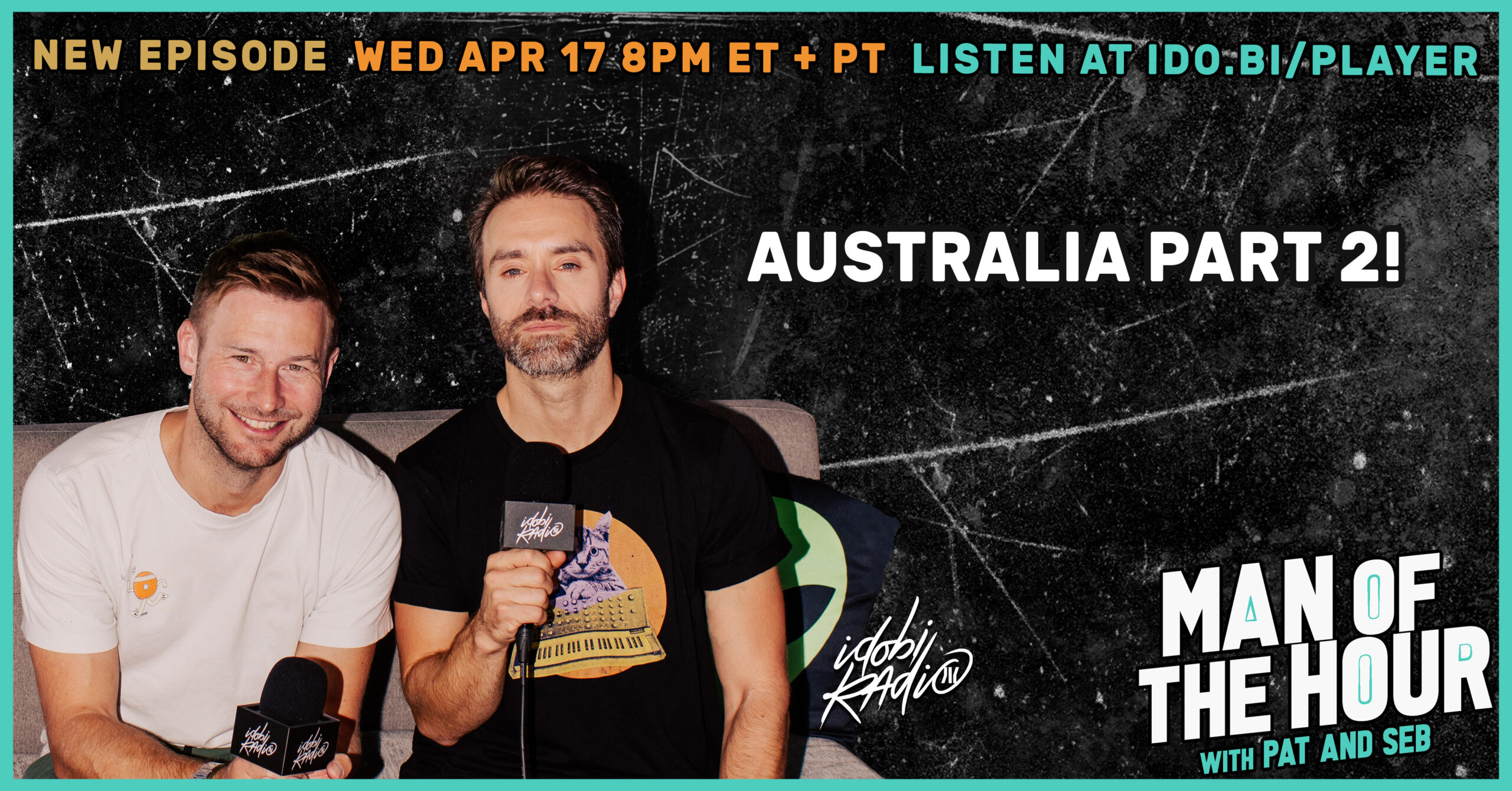Harp magazine, which folded last month, is at least the third music magazine to cease publishing in 2008, joining alt-country title No Depression and indie rock mag Resonance in the dead pool.
For a certain section of the indie world focused on a more mature, college-educated demographic, the loss of Harp and No Depression hit especially hard.
“Those two outlets really spoke to our consumer,” says John Biondolillo, general manager at Dave Matthews’ ATO Records, which handles such critical darlings as singer/songwriters Patty Griffin and David Gray.
Josh Wittman, group marketing director at Redeye Distribution and Yep Roc Records, home of Dave Alvin and Billy Bragg, calls them “core publications for us, and it’s very disappointing to see them go.”
The closures of the two magazines might also reflect larger trends for indie labels promoting triple A and alt-country acts. “In the last 18 months, our focus has begun to shift away from print ads and towards online and TV advertising,” Biondolillo says. Other labels have sought alternative print publications for advertising: Wittman says that Redeye and Yep Roc’s full page ads will now appear in Filter magazine.
Still, some are taking this opportunity to question the value of print ads in general. Sean Hoess, co-founder of Velour Recordings, home of such artists as Kaki King and Sonya Kitchell, says, “When you look at the cost of print ads versus the cost of online ads, it’s doubtful whether buying print ads will continue to make sense for indies. And with these two magazines folding, I’m pretty sure I’m not the only one coming to this conclusion.”
Many labels are taking their ad dollars to the Web. New West Records co-founder/president Cameron Strang says that in the past five years, “the Internet has become much more important for us. We now have staff members dedicated to growing our online presence, and the social networking sites and blogs are a big part of our outreach strategy.” New West’s acts include John Hiatt and Steve Earle.
Velour’s Hoess says that his label also has an intensive online strategy, but that there are limits to the power of the Web for labels of his ilk. “We have the viral tools, the blog ads, all the online stuff,” he says, “but there is no magic bullet. We have a very literate audience and they are not as zeroed in on the blog buzz as other crowds are.”
“It’s hard to see publications for the non-teen and twentysomething demographic go because they are the group that still buys physical CDs and keeps the record stores open,” Wittman says. “They are not the people that are reading (music Web site) Stereogum all the time.”
Labels are also ruing the demise of Harp’s and No Depression’s lengthy review sections, and seemed unsure about where to take their artists for coverage. “We’re probably going to look at specialty folk magazines,” Burnside Distribution VP Bill McNally says. Wittman says that he will still pursue pitching Rolling Stone and Spin, but, “it seems like everyone is cutting their CD review sections. It seems like a better strategy to target Amazon and All Music Guide because they have almost unlimited review space.”
Rates can range based on a myriad of factors, but generally, “hip” indie sites charge between $1,200 and $3,300, while print publications like Harp and No Depression charged between $1,825 and $2,295 for a full-page color ad.
Triple A radio advertising is also not really a viable replacement for the magazines, according to McNally. “We haven’t done much with radio advertising, as it’s a big cost for a small spot. We possibly will do that more in the future with the absence of our favorite print mags. I haven’t seen that it’s increased sales dramatically, but probably increases awareness locally,” he says.
With the online and radio world presenting a somewhat limited set of opportunities, some of the triple A and alt-country labels have turned to a more old-school avenue: cable TV. “We started doing it in the winter of 2006, around the time of the Patty Griffin release, and found that, per impression, it was cheaper than other outlets,” ATO’s Biondolillo says. “We run ads during ‘The Daily Show,’ ‘The Colbert Report’ and on Bravo and VH1 — all shows and channels we think our core audience is watching.
“There are more and more TV outlets and fewer and fewer magazines,” he continues. “If you have a good media buyer, it can work really well.”
But even cable is not without its drawbacks. “We do TV ad buys in certain markets based on radio play and touring, and we’ve found that it is cheaper than print,” Wittman says. “But the targeting is also less than focused, we’re not in a place where we can afford prime-time slots, and there is a lot of saturation. TV is great, but you can’t do it in a vacuum.”
“All of this is really a symptom of a larger problem,”
Hoess says. “It’s a lean time for everyone. Labels’ revenues are drying up, and record sales are down, which leads to smaller ad budgets. For us, losing Harp and No Depression is the print equivalent of Tower Records closing — we are an eclectic label, and we are losing coverage outlets.”





















